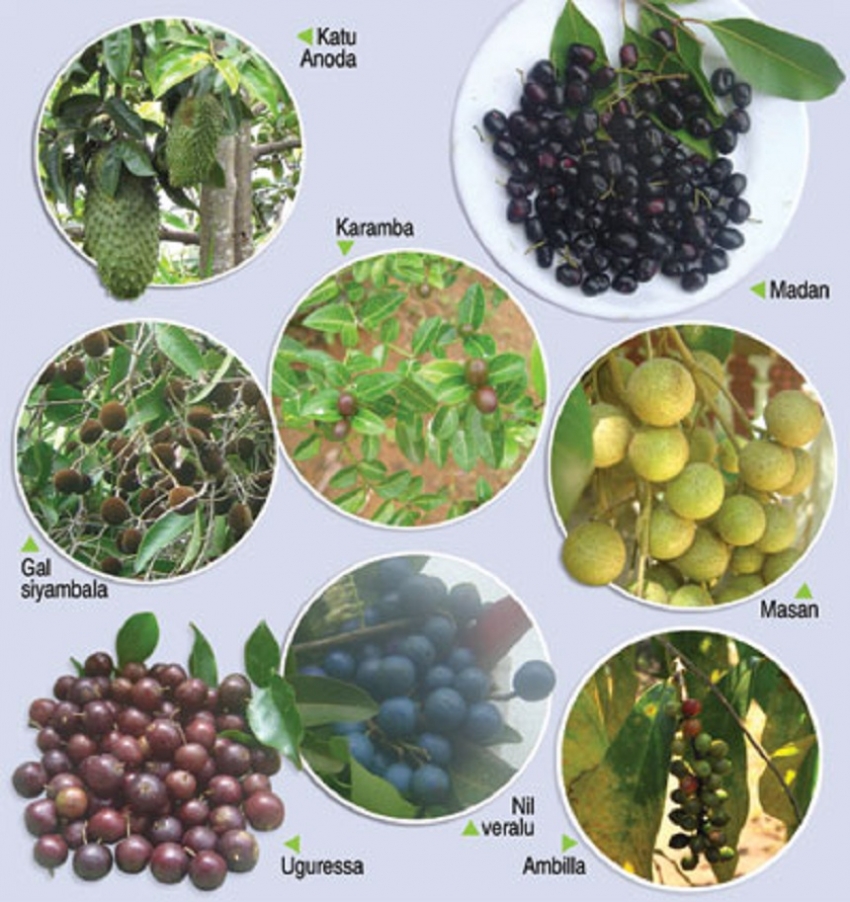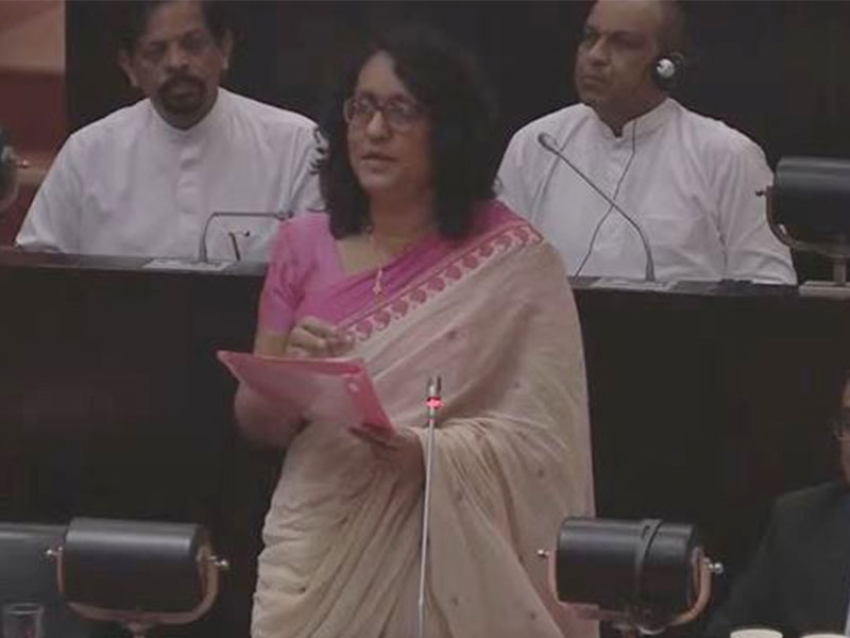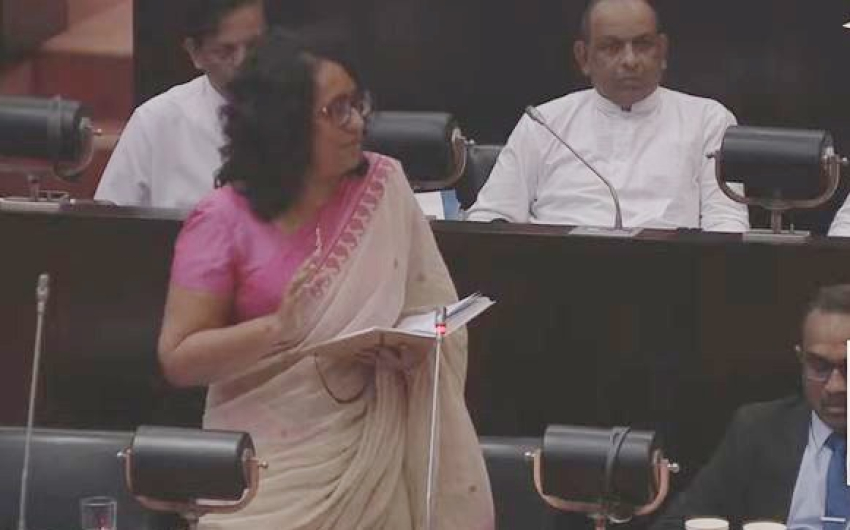Indigenous fruits such as beli, masan, mora, himbutu, nelli, katu anoda, veralu and lawulu fast vanishingTop researcher calls for steps to save and popularise Lanka’s underutilised fruits
Bovitiya, dan, palu kan ware me nowe podi nango
Kurundu kele sudu welle ma dan wehi wehela nango
Sihiwana vita thola katada themei me ma yanawa nango
Bovitiya dan baloli palu kan karamba godai nango….
Thus renders Sunil Santha his melodious timbre to the indigenous fruit culture of ours. The indigenous literary canon — both in prose and verse form — testifies to the fact that local fruits have been an integral part of the everyday lives of Sri Lankans. Bovitiya, dan, palu, karamba and so much more, arousing the taste buds, replete with medicinal properties, are sadly forgotten today. A significant number of local fruits, some endemic to the country, are today virtually non-existent. While imported apples, mandarins, oranges, and grapes adorn the local fruit baskets and pile up on hospital bed-side tables of patients, our very own beli, masan, mora, himbutu, nelli, katu anoda, veralu and lawulu are fast becoming confined to the pages of scientific journals and literature of yesteryear.
Dr. Kalyani Ketipearachchi: Local fruits are rich in medicinal properties. Pic by Priyantha Wickramaarachchi
With imported fruits invading the local market, consumers, farmers and research and development bodies have been paying attention only to a limited range of commonly grown local fruits, laments Dr. Kalyani Ketipearachchi, Principal Scientist (Fruit Agronomy), Fruits Crops Research and Development Station of the Department of Agriculture in Gannoruwa, Peradeniya. These fruits largely include pineapples, rambutan, bananas and mangoes. “Considering the rich fruit germplasm (the genetic material of germ cells/genetically different plant types of a plant species) diversity of the country, Sri Lanka claims over one hundred varieties of local fruits, with certain types such as mora and gal siyambala being found in thick jungles of the dry zone. Despite such a diverse range, our diet is confined to less than ten common fruits and a large number of fruits are underutilised,” says Dr. Ketipearachchi.
The only state-assisted research undertaken in this area in recent years was a seven-year research project on underutilised fruits of Sri Lanka initiated by the Plants Genetic Resources Centre (PGRC) in collaboration with the Fruit Research and Development Institute of the Department of Agriculture, according to Dr. Ketipearachchi. She attributes the lack of knowledge about local fruits among the masses to the absence of research and dissemination of their findings.
The research took the scientists to the dense jungles of Ritigala, Anuradhapura, Polonnauruwa and Jaffna in search of masan, mora and gal siyambala and also to other areas, including Kandy, Kurunegala, Vavuniya, Trinco, Hambantota and Habarana for other varieties such as madan, weera and palu The study characterised and evaluated the most promising germplasm. The result was made available to farmers and the general public. The demand for these plants, as Dr. Ketipearachchi points out, was overwhelming. “This reflects that awareness about our local fruits can rekindle an interest among the public, especially among schoolchildren.” While many fruit varieties such as beli, divul, masan, mora, madan, katu anoda, jambu and jumbola could be made into high quality planting materials as budded or grafted plants just like their mother plants, fruits such as gal siyambala need further research to be budded or grafted, says the scientist.
Given the limited garden space most urban dwellers can afford today, pot cultivation or container cultivation of underutilised local fruits needs to be encouraged, says Dr. Ketipearachchi. With new interventions by the Agriculture Department to have fruit exhibitions, there is a renewed interest among the public in our underutilised fruits, which, however, should be sustained through continuous awareness and a continuous supply of planting materials, she observes. “Today more and more people are moving away from ornamental landscaping and opting for edible landscaping. This is a positive trend.”
The fruit germplasm diversity the country claims lends our local fruits the multiplicity of varieties. “If we consider beli, anoda, veralu or jambu, each of these fruits has several types such as beheth beli, eth beli, katu anoda, weli anoda, pini jambu, rathu jambu etc and all of these fruits are rich in medicinal properties.”
The local fruits’ rich medicinal properties which the indigenous medicinal system had been exploiting for several centuries are now revisited by the modern consumer, with renewed interest in them being shown by the west, points out Dr. Ketipearachchi. “The classic example is katu anoda. Its anti-cancer properties have been confirmed by recent studies in the West.”
The development projects and agricultural development programmes of the recent past, as Dr. Ketipearachchi points out, have taken their toll on the local fruits, too, as trees have been destroyed in large numbers. “Some of our best germplasm had been destroyed as these projects have paid little or no heed to the biodiversity of the area,” she charges. Ideally, efforts should be taken to strike a balance between biodiversity and development by conserving rare trees through interventions such as the root ball method or by vegetative propagation.
Assuring the quality and attractiveness of local fruits is paramount when popularising their saplings, says Dr. Ketipearachchi, adding that sustained research cannot be underpinned in this regard.
The potential for underutilised fruits to be developed into commercially viable value-added products such as jams, chutneys and pickles is enormous, not forgetting an export market for them as well, she says. “At present, the export volume of our common fruits is also low while the fruit consumption by Sri Lankans is poor compared to the other regional countries. Our food culture is such that fruit snacking and making fruits a compulsory part of our diet are habits distant to us.”
The rural Sri Lankans of yesteryear, however, as the scientist points out, were exposed to an assortment of local fruits such as dan, karamba, weera, palu and bovitiya during their seasons, and they developed a very high natural immunity. Dr. Ketipearachchi herself, coming from her ancestral setting in Hingurakgoda, recollects spending most of her childhood along with her counterparts enjoying ‘gada gedi’ (fruits growing in the wilderness). “This culture is virtually non-existent today. Children cannot even identify these fruits and the addiction to fast food is making the matters worse.”
A school culture of promoting field trips to areas where our fruits are in abundance is mooted by Dr. Ketipearachchi, who draws parallels with the experience she had in Kobe, Japan. “During the harvesting season of grapes for instance, schoolchildren are taken to pluck them and taste them, a practice which we can replicate in our setting before our local fruits become history forever,” she concludes.
By- Randima Attygalle
Sunday Times




















